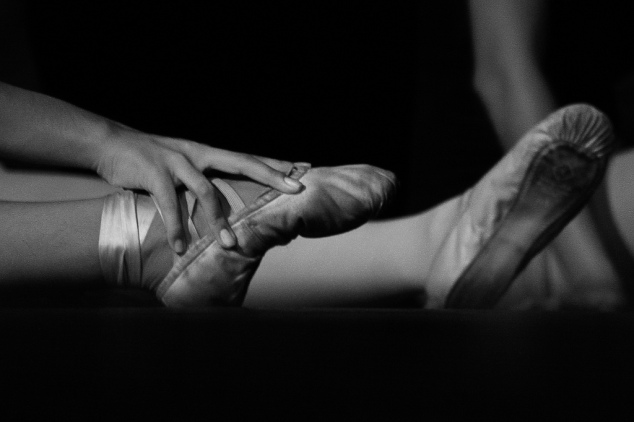 A couple months ago I was in a meeting about creative disruption. The conversation quickly turned into a discussion about the differences between commercial art forms and educational art forms.
A couple months ago I was in a meeting about creative disruption. The conversation quickly turned into a discussion about the differences between commercial art forms and educational art forms.
One thought was that some art organizations are really “museum” type organizations, desperately trying to preserve art forms that are no longer commercially viable. With so many symphonies, opera houses, and dance companies struggling, it might appear that the support for these art forms is dying. To me, it seems that the audience just wants to experience these art forms on their own terms. Last year, Cincinnati Symphony Orchestra’s Lumenosity proved that people are willing to hear an orchestra perform. The TV show So You Think You Can Dance has been on the air for 10 years, introducing people to the powerful storytelling capabilities of dance. SYTYCD has featured tap, jazz, ballet, hip hop, contemporary, and probably 20 more styles of dance.
What is the real purpose of arts organizations today? If they are not for profit, they fall under section 501(c)3 tax code purely because they are educational, as there is no category for arts and culture. But does this mean they should be relegated to preservation purposes only? Of course not!
Should we abandon art forms such as opera, ballet, and classical music because audiences are now less interested? This is where it gets harder to answer and begins to contradict itself. So much of the art that is now popular – contemporary dance, for example, has basis in the more traditional forms. Would we have contemporary dance as we know it today without the talent that came out of classical ballet? Probably not. At this point though, students are trained in contemporary without starting in ballet. Perhaps a ballet foundation is helpful but I will leave that to a dancer to answer.
Once again, my post has become a series of questions without satisfying answers – but these are the questions plaguing the next generation of arts organizations. I like to think we are slowly finding answers – putting classic art forms into the context of today seems to be part of the answer. I have a feeling that at some point classical arts will succumb to the pressure and go the way of Latin – taught only in classrooms as a basis for understanding our current language. I certainly hope this does not happen in my lifetime though!
